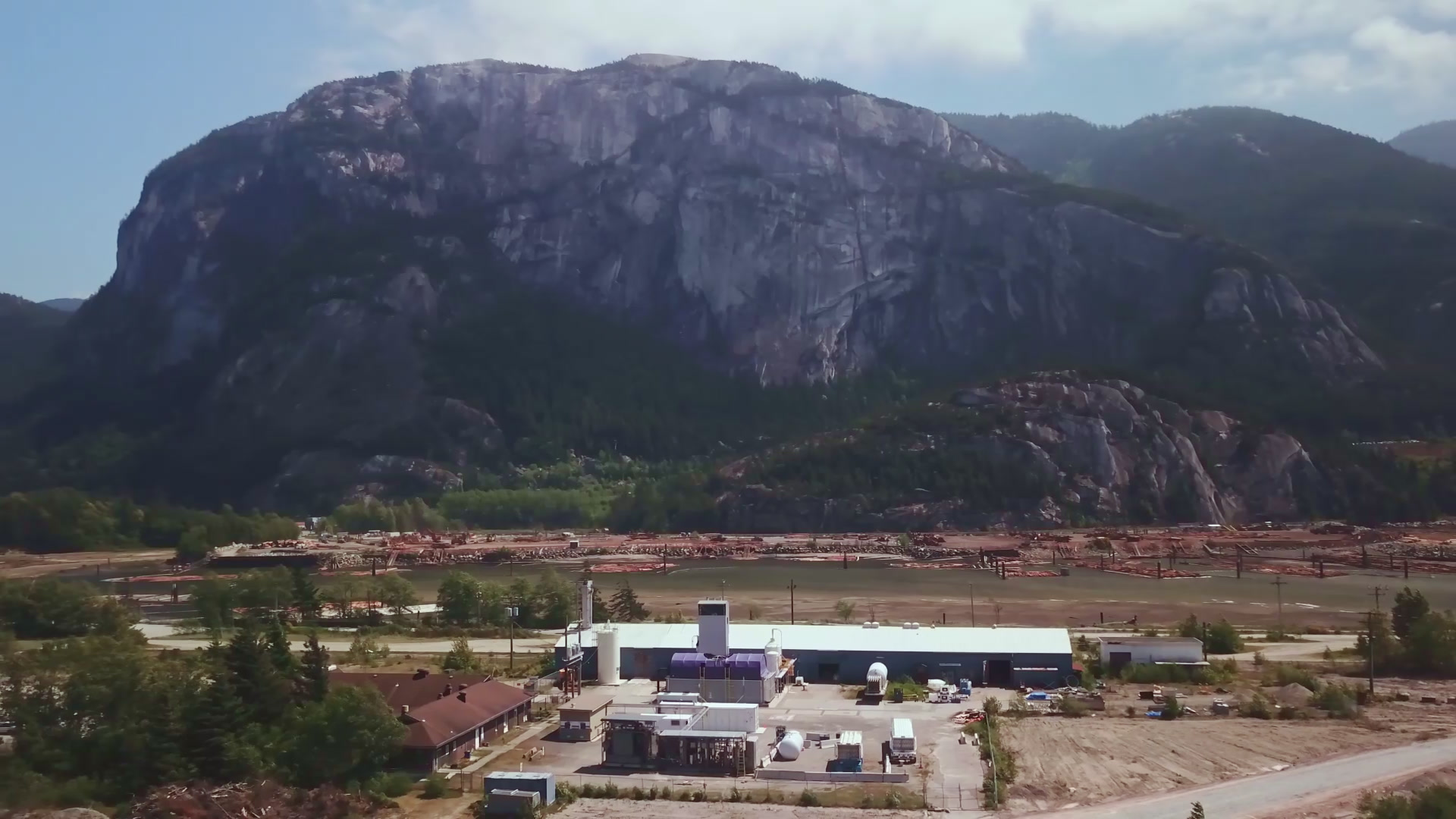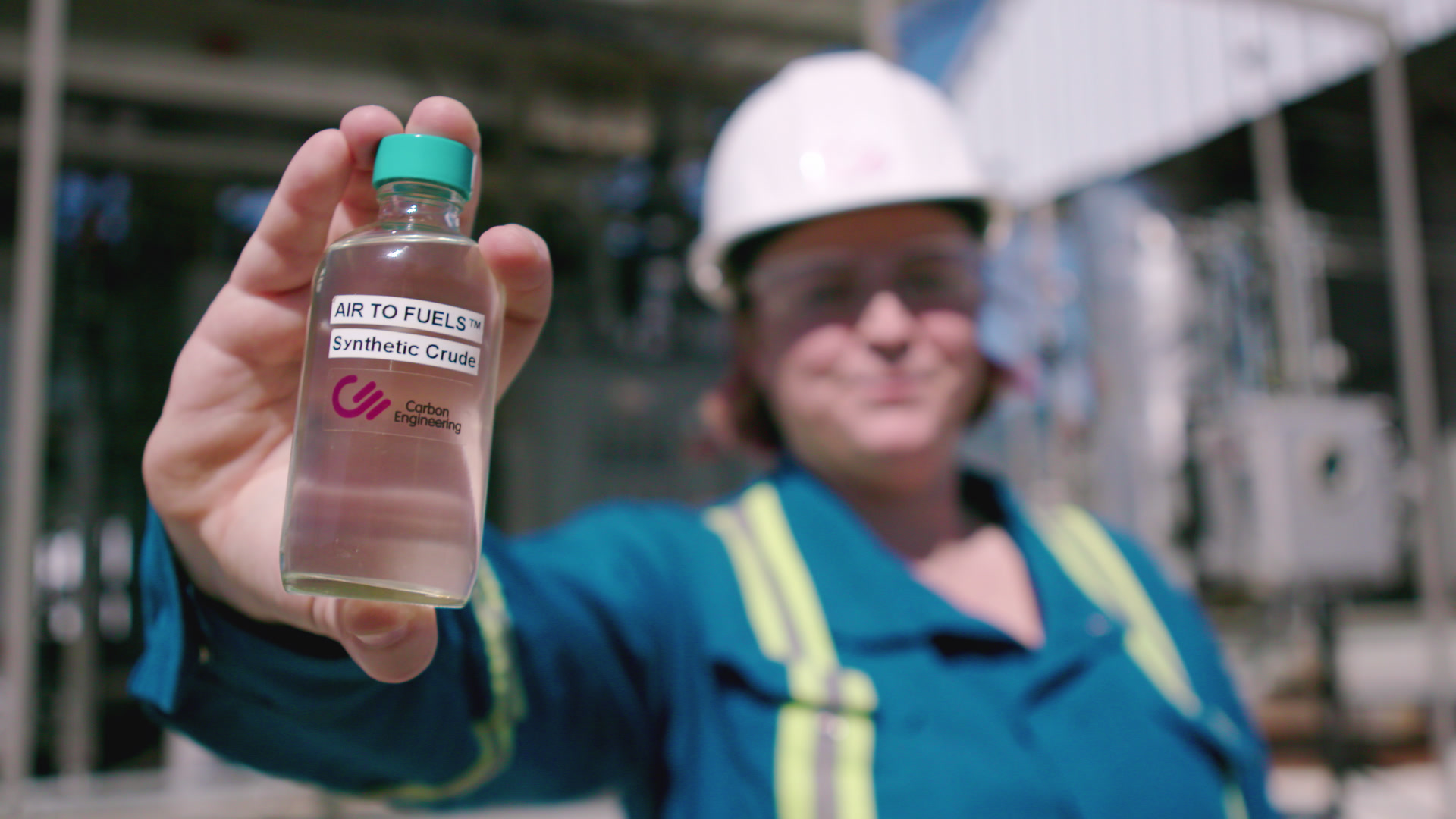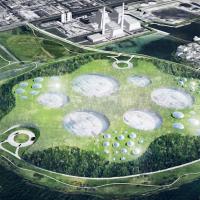Today, mankind’s collective activity deposits about 50 billion tons of carbon dioxide into the atmosphere each year. All of this carbon dioxide traps heat from the sun and warms the entire planet, creating new conditions that are changing life as we know it.
But cutting-edge carbon capture technology is bringing the world’s top scientists and engineers much closer to solving the climate change puzzle.
How to Reduce Our Carbon Footprint
When it comes to climate change, many believe that, as the saying goes, prevention is the best medicine. Preventing carbon dioxide from entering the atmosphere is perhaps one of the simplest ways to reduce our carbon footprint.
Aside from growing trees and planting rooftop gardens, the more publicized strategies for responding to climate change involve preventing greenhouse gas pollutants from entering the atmosphere in the first place. This methodology has spurred the use of alternative transportation, clean energy sources, and more eco-friendly farming practices.
But there’s another group that’s focused on removing the problem that already exists. Many scientists report that cutting back on greenhouse gas emissions simply might not be enough for humanity to tackle the challenge of climate change.
At this point, we can take steps to prevent climate change from getting worse, but we can’t entirely prevent the problem from happening. So scientists are saying we need to look at trying to remove carbon dioxide from the atmosphere in an effort to become carbon neutral – meaning we clean up as much CO2 as we emit.
Climate change is a nasty thing. And it’s going to take all of human ingenuity to get us through this moment.
Steve Oldham CEO, Carbon Engineering
Making Clean Air a Reality
When viewed at scale, the task at-hand is not an easy one. Scientists suggest that by the end of the century, we’ll need to be able to remove about 10 billion tons of CO2 per year.
Today, several potential strategies to extract CO2 from the atmosphere exist and are broadly referred to as “carbon capture.” These carbon removal strategies fall into one of two categories:
Net-Neutral: Put the extracted carbon to use, as a sort of reusable fuel. In this scenario, we remove as much as we emit.
Net-Negative: Put the extracted carbon into long-term storage, removing more carbon than we use.
In locations where fossil fuels are combusted, carbon dioxide is quite concentrated, simplifying the capturing process. However, in the open atmosphere, CO2 molecules are very diffuse. And this type of carbon capture is much more challenging.
Carbon Engineering and The CO2 Extraction Machine
For the engineers who work on carbon removal at a large scale, the dream is to devise a closed-loop system in which the carbon released could be treated as a commodity or resource, rather than a waste product.
The most well-known of these closed-loop strategies is called “direct air capture.” The strategy attempts to extract carbon dioxide directly from the open atmosphere in order to make use of it.
But direct air capture is a fairly expensive proposition. If carbon dioxide could be captured for $150 or less per ton, ideally much less, and repurposed for sale, direct air capture could become a commercially viable enterprise. Carbon capture facilities would generate enough income to cover their costs.

Now, a Canada-based company called Carbon Engineering is turning this dream into a reality. Their CO2 extraction machine takes in regular air with a big fan and pushes it through a series of devices that convert the gas to a liquid, then to a solid, then back to a gas for further purification. A secondary process, using hydrogen peroxide, converts that CO2 into a combustible fuel, which could be sold in place of fossil fuels.
Fundamentally, our process has four steps. Each step concentrates the CO2 more. First step is a big fan, it pulls air through. It’s reacts with a chemical and captures 80% of the CO2 out of the air. We take that CO2-rich solution, we precipitate out solid calcium carbonate pellets. We heat those very small pellets up, and out comes the CO2. You can then do two things with it. You can choose to permanently bury it somewhere safely. Now you’ve reduced the overall level of CO2, and that’s carbon negative, or you can make products out of it.
Steve Oldham CEO, Carbon Engineering
So far, Carbon Engineering has reduced the cost of carbon extraction to as low as $94 per ton of CO2, making it an economically viable endeavor. In the future, Carbon Engineering hopes to build a commercial facility that can capture one million tons of CO2 per year. This is about .002 percent of the amount of carbon we emit annually.
Instead of focusing only on places where carbon is released, like power plants or factories, direct air capture technology is designed to work anywhere. Carbon Engineering says this approach makes their method highly adaptable to different locations as resources, geological features, and economic incentives differ around the world.
Limitless Potential for a New Technology
Converting atmospheric CO2 to a commercial fuel is just one potential application of this technology. With the right economic incentives, this tech could generate net-negative scenarios, in which the carbon is simply buried.
We just announced our first large scale plant in Texas. We’re actually expecting that would be a one megaton atmospheric CO2 plant. That’s the equivalent of 14 million trees in one plant.
Steve Oldham CEO, Carbon Engineering
Scientists at Carbon Engineering are working to develop more facilities with other uses for carbon, such as using it to help drill for oil in west Texas, which is a net-negative carbon process.

Right now, selling extracted carbon provides funding for the development of this maturing technology. Eventually, Carbon Engineering hopes to transition to a model where burying it is the only option.
But don’t go back to the old ways of liberally spraying your Aqua Net just yet. Pursuing this kind of technology could also create existential threats for humanity. If society gets the notion that CO2 emissions don’t have consequences, based on the assumption that future technology will save us, it could have adverse impacts on our climate response.
Carbon capture might not be the final piece of the climate change puzzle, but it’s one of many necessary solutions to solve the crisis. Carbon removal allows us to reuse the carbon we’ve already emitted, giving humanity a chance to respond to climate change in the most efficient ways.
Ultimately, carbon capture will buy us time, as we build a more sustainable world.
For more interesting news about the people and ideas that are changing our world, subscribe to Freethink.


